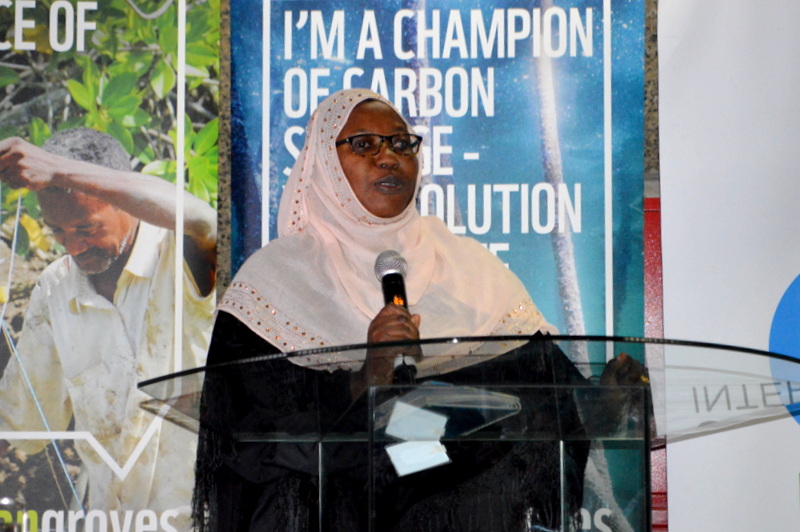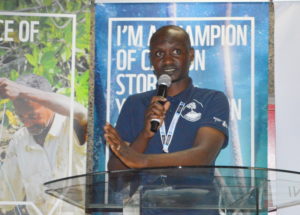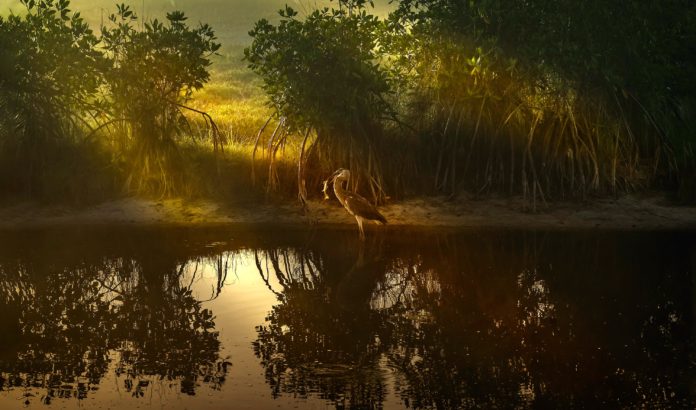By Mary Mwendwa
Nairobi, Kenya: Delegates passionate about mangroves’ role in ecosystems at the ongoing sustainable blue economy event in Kenya’s capital Nairobi have emphasized the need to strengthen conservation efforts on mangroves.

During a side event that was organized by conservation organizations, WWF, IUCN, and BMZ among other organizations dealing with marine life. speaker after speaker pointed out the critical role mangroves play in the environment yet it goes unnoticed.
It was noted that the international community is aware of the importance of mangroves for the planet, hence its protection and restoration are an integral part of relevant international agreements.
Aban Marker Kabraji, Regional, Asia, International Union for the conservation of Nature IUCN, termed the mangrove as the ‘miracle’ tree.”Mangroves have several roles they play in nature, sadly this goes unnoticed and fewer efforts go into its conservation. We are here to say that this tree is important and needs the much-needed attention .”Kabraji said.
Alice Ruhweza, Vice president of programs and partnerships Africa Field Division, Conservation International called upon the delegates to embrace partnerships in their projects.”It is through partnerships that some projects get to be implemented, you can never do conservation work alone, the communities out there need other people to be their partners.”
Ruhweza also said that mangroves’ role in environmental protection goes unnoticed at times, people need to know the benefits and their work towards their protection.

Philip Odhiambo, Programme Coordinator – Energy and Climate Change at WWF said that Kenya has not integrated mangrove conservation into Kenya’s climate change strategic plan.
”Mangroves have suffered a lot, especially around the terrestrial forest, mangroves have not been included in climate mitigation plans. Most policymakers know very little about mangroves and therefore they put little effort mangrove conservation agenda.
Amina Juma, a research scientist from Kenya Marine and Fisheries Research Institute (KeMFRI) narrated how she has been working with coastal communities on carbon credits projects.
”We have a project called Mikoko Pamoja that has brought the community together and they are selling carbon credits to universities abroad. This project has taken around five years and it has been hard work just to see this community reap the benefits of their conservation efforts.”
Mangroves have been said to have remarkable climate change mitigation and adaptation capacities. Their carbon capacity is three to five times higher than that of terrestrial forests.














